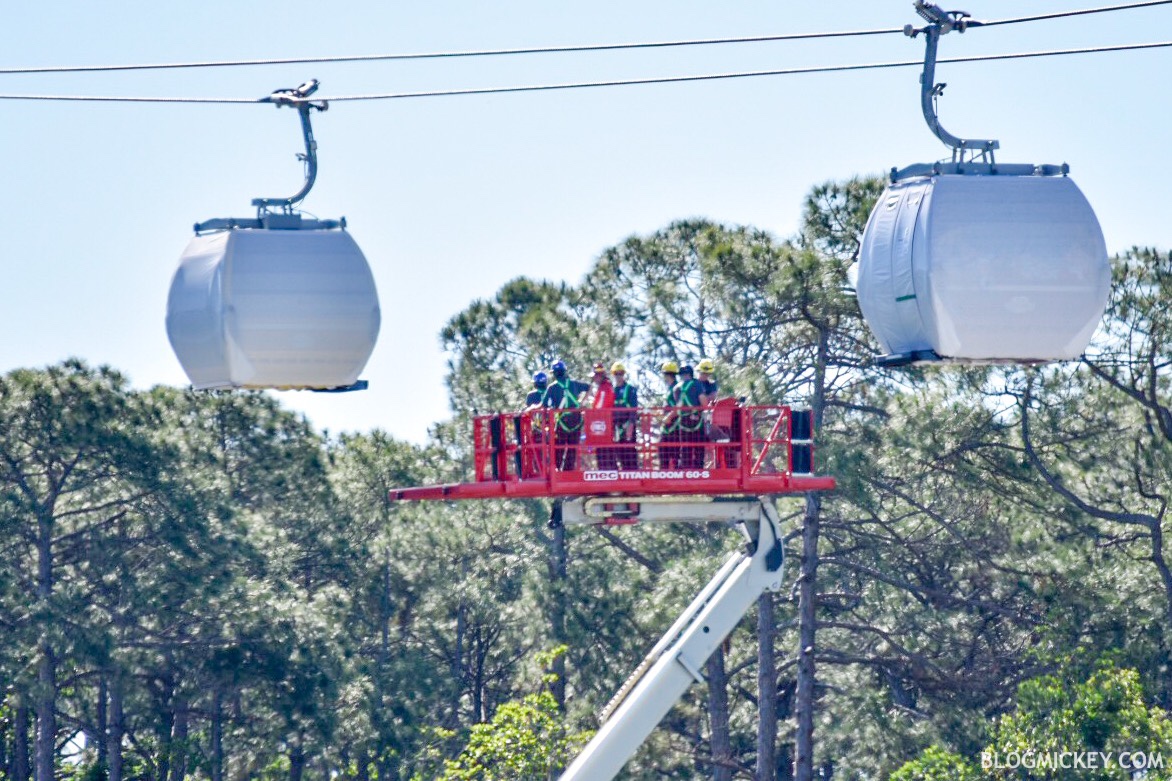Aries1975
Well-Known Member
If you follow the link to the original story on the SI paper and read the comments, they're universally negative: a political boondoggle, too expensive to ride, too many transfers, too hard to get to, and on and on. And in this case, they're probably right
I agree, but I thought it was interesting someone had done a study on this kind of solution. This was the first time I heard of it, so I am not surprised there is no public support. The article basically said, NY is doing this and Bayonne is like 'yes, we kicked in for a study.' Bayonne has been working on starting a ferry service to Manhattan, maybe it will go to Staten Island also. Many people commute from Staten Island to NJ and there are no good mass transit options.
In any case, we need a new rail tunnel first.




